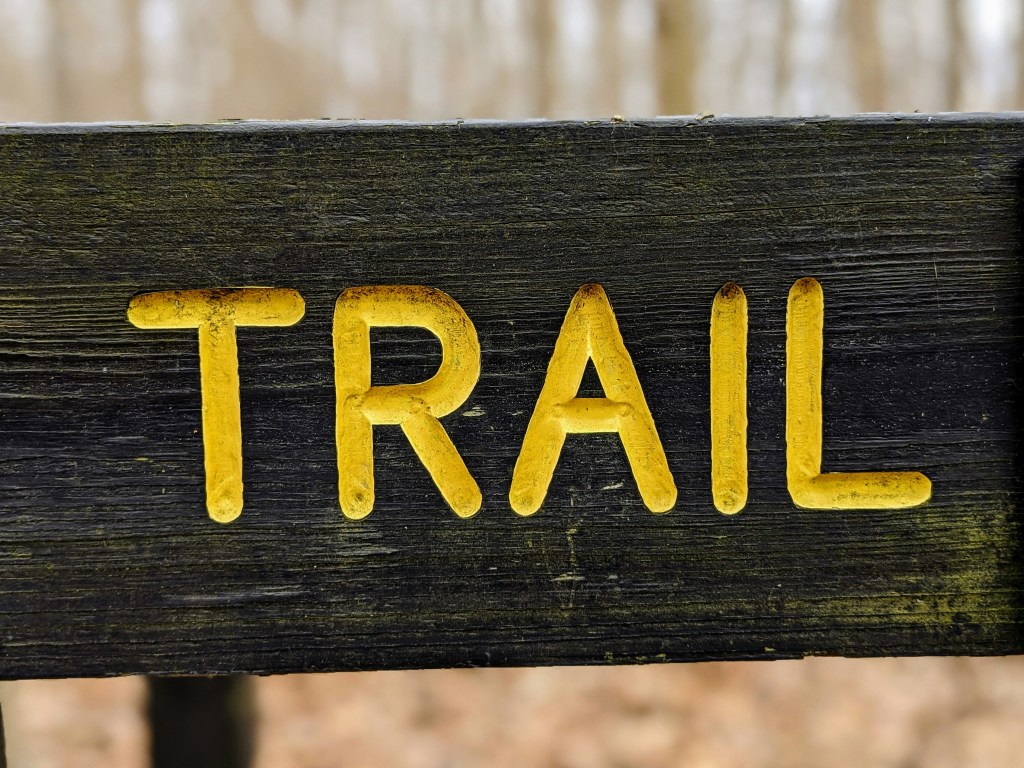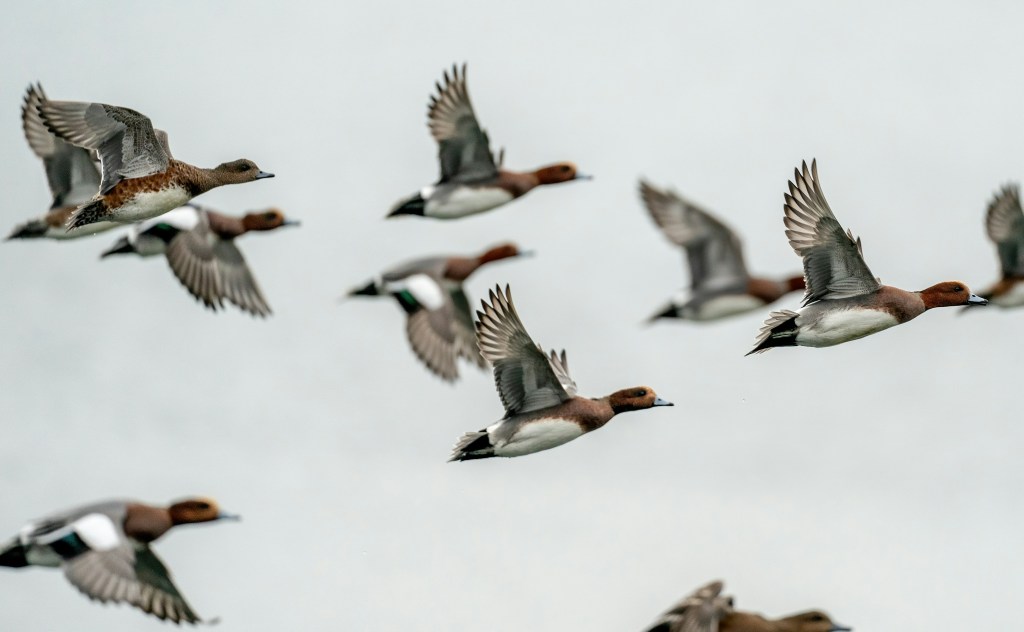Mastering Public Land Hunting: Essential Strategies for Success
Discover practical strategies to enhance your success in public land hunting. Elevate your skills and navigate challenges like a pro. Read the article now!
Public-Land Hunting: Freedom and Challenge in the Outdoors
Public land hunting offers a unique adventure filled with opportunities for outdoor enthusiasts. To succeed, however, hunters need patience, careful planning, and adaptability. Navigating regulations and competition can make the experience both rewarding and challenging. Whether you’re new to DIY public-land hunts or a seasoned veteran, understanding public hunting access is essential for maximizing success in the great outdoors.
Finding the Best Public Hunting Grounds
From BLM lands to state-managed forests, public areas vary in accessibility and game density. Using digital maps, state resources, and local knowledge helps uncover hidden gems often overlooked by other hunters.
From BLM lands to state-managed forests, public areas present a diverse range of accessibility and game density. These hunting locations can vary greatly, making it essential to conduct preliminary research before embarking on a hunting trip. By leveraging digital maps, state resources, and local knowledge, you can uncover hidden gems that other hunters often overlook.
Types of public access land
Public access lands include areas managed by the Bureau of Land Management (BLM), state-managed forests, and various other public hunting areas. These lands are typically federally owned or state/local areas that are legally open to hunting. It’s essential to note that some public lands may require entrance fees, so always verify the latest information before heading out.
Resources for hunting areas
To effectively locate public hunting land, it is helpful to utilize digital maps and other state resources. Local insights can also provide valuable information about the best hunting spots in your area. Factors such as the specific regulations and accessibility of these lands can vary significantly, so staying updated is key to a successful hunting experience.
Federal lands
These include National Parks, National Forests, Wildlife Refuges, and Wetland Management Districts. Managed by organizations such as the National Park Service and the U.S. Forest Service, these areas often provide unique hunting opportunities. BLM lands, primarily located in the Western states, are particularly known for off-the-beaten-path adventures that can lead to memorable hunts.
State and local lands
In addition to federal opportunities, hunters can also explore state and local options. Wildlife Management Areas (WMAs), State Parks, State Forests, and Wildlife Areas provide various options for hunting. However, access and regulations can differ from state to state, so it’s essential to consult the relevant resources for the latest rules and available hunting land in your area.

Scouting and Reading the Land Before the Hunt
Scouting isn’t optional on pressured land; it’s the key to beating competition. Before the hunting season begins, especially in high-pressure areas, taking the time to scout can make a significant difference in your success. Public lands often attract more hunters due to their accessibility, so being well-prepared and familiar with the terrain will enhance your chances.
Physical scouting
Engaging in physical scouting is often the most effective strategy on high-pressure land. By hiking and exploring the area on foot, you can gain valuable insights into the landscape, find potential hideouts, and observe wildlife firsthand. This in-person approach helps you develop a feel for the land and understand where game might be moving and feeding.
Map scouting techniques
If physical scouting isn’t an option, especially for out-of-state hunting trips, technological aids can still assist in your preparation. Mapping scouting using topographic maps, trail cameras, and satellite images enables hunters to analyze terrain features and identify potential game trails. Additionally, reaching out to the area manager can provide useful information about hunting pressure, food plots, food sources, and habitat conditions.
Understanding game movement
Familiarizing yourself with game movement patterns is crucial for a successful hunt. Observing the trends and behaviors of your target species can inform your strategy and increase the likelihood of encounters during the hunting season.
Hunting Tactics for High-Pressure Areas
Hunting on public land presents unique challenges, primarily due to the increased number of hunters. As the pressure mounts, animals become more intelligent and elusive. To succeed in this competitive environment, it’s important to adapt your tactics and strategies. By finding alternative approaches to hunting, you can increase your chances of a successful harvest.
Weekday hunting
One effective tactic is to hunt on weekdays. With fewer people in the field, hunters have a better chance of encountering animals. Wildlife quickly learns from human patterns, so opting for a midweek hunt can provide a distinct advantage. This strategy reduces competition and may enhance the chances of spotting and harvesting game.
Remote areas
Venturing into remote areas is another strategy for public land hunters. These regions typically see far less human activity, making it more likely to encounter wildlife. However, hunting in these locations requires proper preparation, including camping gear and outdoor experience. If you’re a beginner, it’s wise to partner with someone who has experience in backcountry hunting. Regardless of your skill level, always inform loved ones of your hunting plans, including your expected return time, to ensure your safety.
Overlooked terrains
Many hunters flock to large agricultural fields where deer are plentiful, leading to overcrowding and increased competition. Instead, consider exploring overlooked areas or states that are not as well-known for hunting. While popular hunting spots may offer opportunities, venturing into less frequented terrains can yield surprising results. Be sure to familiarize yourself with the regulations, seasons, and requirements of these less conventional hunting locations to make the most of your experience.

Planning Ahead: Tags, Licenses, and Permits
Every state has its own rules for applications, lotteries, and over-the-counter tags. Understanding deadlines and point systems ensures you don’t miss your chance at the hunt you’ve been waiting for.
Hunting permits and licenses
Each state has its own specific requirements for hunting permits and licenses, making it crucial for hunters to familiarize themselves with the regulations in the state where they plan to hunt. This includes being aware of deadlines for applications, understanding the point systems that may affect allocation, and obtaining any necessary hunter education certifications. Each state varies in where you can find this information, so check out the Wildlife Service or departments dedicated to wildlife management.
Navigating draw systems
Hunting tags often operate on various draw systems, which can influence your chances of securing a permit.
- Lottery system: One common method is the lottery system, where applicants enter for a chance to win a tag. It’s a game of chance—apply and hope for the best!
- Bonus Points: Some states use a bonus point system to reward hunters who are unsuccessful in previous draws. By accumulating bonus points, hunters improve their chances of being selected for future tags, encouraging continued engagement with the application process.
- Preference Points: Many states use preference points to reward repeat applicants for big game hunts. The more points you accumulate through repeated applications, the better your chances of drawing a tag. This system encourages dedication and ensures active participants are prioritized in tag allocation.
States That Stand Out for Public-Land Hunting
Some states shine brighter than others when it comes to access, opportunity, and game populations. The whitetail-rich Midwest, elk country out West, and various underrated regions each offer distinct advantages for hunters.
Best states for hunting
- Alaska: Alaska stands out as the premier state for hunting, characterized by its vast wilderness that echoes the rugged nature of the landscape. This state offers an array of game, including brown bears, black bears, elk, and moose. However, it’s essential to note that hunting in Alaska is not for beginners; accessing some areas may require flying or boating. The rugged terrain poses significant challenges, making it a destination for experienced hunters.
- Colorado: Colorado boasts an extensive network of BLM (Bureau of Land Management) and National Forests, featuring diverse terrain that ranges from majestic mountains to expansive plains. This variety offers numerous opportunities for hunters, whether they are seeking big game or want to enjoy the great outdoors.
- Montana: Montana offers numerous hunting opportunities, thanks to its vast forests and rangelands. The state is home to a variety of game, including deer and bears, as well as small game like pheasants and waterfowl. With its stunning landscapes and abundant wildlife, Montana is a favorite among many hunting enthusiasts.
- Arizona: Known for its National Forests and BLM lands, Arizona is an excellent destination for hunting large game. In addition to elk, hunters can pursue mountain lions and bighorn sheep. The diverse ecosystems in Arizona not only provide thrilling hunting experiences but also showcase the state’s unique natural beauty.
- Wisconsin: Renowned for its abundant public lands, which are home to a diverse array of wildlife, including whitetail deer, bears, and elk. The state also excels in hunting waterfowl, making it a fantastic choice for turkey and upland bird hunting, especially for those looking to hunt pheasants.
Hidden gems
While the top states have their appeal, some lesser-known regions can also provide fantastic hunting experiences.
- Georgia: Lake Lanier, Georgia, is quickly gaining a reputation as a hidden gem for archery hunters. The area’s scenic landscapes provide a unique hunting environment that attracts enthusiasts seeking a more tranquil hunting experience.
- New York: New York may not be the first state that comes to mind when thinking of hunting, but its deer management program is noteworthy. The state’s efforts in managing deer populations make it a worthwhile destination for hunters interested in pursuing deer in a well-regulated environment.

The DIY Hunter’s Approach to Public Land
Without guides or private leases, public-land hunters rely on grit and preparation. Engaging in DIY public-land hunts can be both challenging and rewarding, demanding a strategic approach to packing, a thorough understanding of regulations, and the ability to set realistic expectations.
What to pack for success
- Clothing: Pack layers and ensure your clothes are made from moisture-wicking materials for comfort in various weather conditions.
- Footwear: Comfortable and sturdy boots suited for the specific terrain.
- Accessories: Water filtration systems, first aid kit, maps and compasses, shelters, fire-starting kit, snacks, multi-tool, gloves, two-way radio for communication, and game bags for properly storing any game hunted.
When it comes to firearms and weapons, the specifics will depend on the game you’re targeting. Hunters may need a mix of rifles, shotguns, bows, and ammunition tailored to their chosen animal. A good selection of knives, including hunting knives and multi-tools, is also necessary for field-dressing and survival situations.
Private land and hunting public land
Familiarizing yourself with the regulations and rules governing where you can hunt is essential. First, understand the distinctions between public land hunting and private lands. Be aware of the private land boundaries and the regulations governing hunting on that land. Critical aspects to research include hunting seasons, specific rules, required licenses, permitted guns, and any vehicle restrictions applicable to the areas you wish to hunt.
Realistic expectations
It’s essential to set realistic expectations before embarking on your hunt. Keep in mind that hunting is a skill that often requires patience and practice. Recognize your limits, as success is not guaranteed on every outing. Additionally, being aware of weather conditions and the inherent risks of the wilderness will help prepare you mentally for the challenges ahead.
Additional resources
Looking for more information and tips? Check out our blogs, The Ultimate Hunting Handbook: Essential Strategies for Every Hunter and Getting Started with Hunting: A Practical Guide for New Adult Hunters.
Overlooked Opportunities: Beyond Big Game
Public lands offer a diverse range of hunting opportunities that extend beyond the pursuits of deer and elk. Upland birds, waterfowl, and small game are also abundant in these areas, providing hunters with the chance to diversify their experiences throughout the hunting seasons.
By exploring these often-overlooked options, hunters can discover the excitement of small game hunting, refine their skills, and face unique challenges. Access to public hunting land opens a world of possibilities.

Protecting Your Gear and Firearms with Insurance
Hunting trips on public land often involve travel, rugged terrain, and unpredictable conditions. Insuring your firearms, optics, and gear protects your investment, regardless of where the trail leads you. Specialized firearm insurance ensures that your guns and equipment are covered against theft, fire, or other types of damage. Obtaining the right insurance policy is essential for safeguarding your investment and preserving your passion for hunting.
Sources
https://www.backcountrychronicles.com/public-hunting-land/
https://www.forbes.com/sites/chrisdorsey/2022/01/04/ranking-americas-10-best-hunting-states/
https://deerassociation.com/find-hidden-public-hunting-lands-near-you/
https://www.themeateater.com/wired-to-hunt/whitetail-scouting/3-most-underrated-states-for-public-land-whitetail-hunting
https://projectupland.com/public-lands/a-guide-to-accessing-public-lands-for-hunting/
https://www.blm.gov/programs/recreation/recreation-activities/recreational-shooting
https://deerassociation.com/the-dos-and-donts-of-public-land-deer-hunting/
https://dnr.wisconsin.gov/topic/lands
https://dwr.virginia.gov/hunting/regulations/publiclands/
https://www.themeateater.com/wired-to-hunt/whitetail-scouting/how-to-find-whitetail-sanctuaries-on-public-land
https://www.onxmaps.com/hunt/blog/public-hunting-land-tips
https://www.themeateater.com/hunt/big-game/big-game-tags-understanding-license-draws
https://dscnortheast.org/hunting-tags-a-brief-history-of-what-they-are-and-why-we-use-them/
